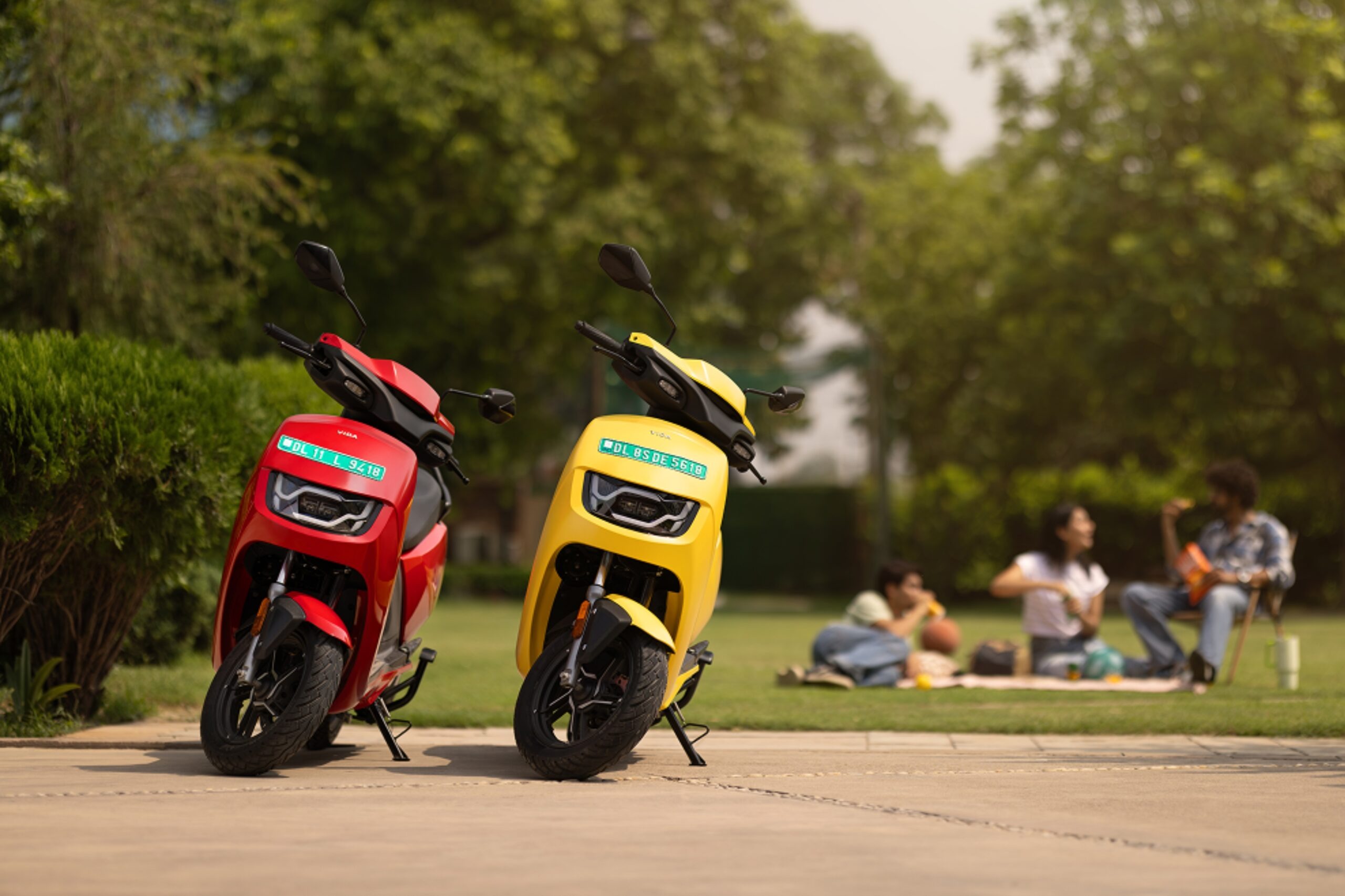Meet the All-New VIDA VX2: The Future of Urban Electric Mobility
Ever since electric scooters started appearing on Indian roads, I’ve been watching the space with keen interest. As someone who’s...

Ever since electric scooters started appearing on Indian roads, I’ve been watching the space with keen interest. As someone who’s been riding two-wheelers for over 15 years, I’ve seen the EV revolution unfold from scepticism to genuine excitement. So when Hero Vida announced their new VX2 lineup, I had to dive into what makes this new entrant potentially game-changing for our congested urban spaces.
A Fresh Take on Urban Mobility
The new Vida VX2 series marks a significant step in making electric mobility more accessible to the average Indian rider. What caught my attention immediately was the price point of the base VX2 GO variant, which is around ₹65,000-70,000 (ex-showroom Delhi, including subsidy). That’s substantially lower than many competitors in the premium EV space.
From what I’ve gathered, the VX2 family comes in multiple variants to suit different needs and budgets. The entry-level VX2 GO offers around 64 km of real-world range, which is enough to cover most daily urban commutes. For those needing more range, the VX2 Plus claims about 100 km of actual riding range—enough to handle a week’s worth of office commutes without daily charging.
Practical Features That Make Sense
What I find particularly clever about the VX2 design is the removable battery system. Having attended a demo recently, I was impressed by how this addresses one of the biggest hurdles for potential EV adopters, which is the charging infrastructure.
“Where will I charge if I don’t have a designated parking spot with power?” This question has stopped many of my friends from making the electric switch. With a removable 2.2 kWh battery on the VX2 GO (and two batteries totalling 3.4 kWh on the VX2 Plus), you can simply carry the battery to your apartment and charge it overnight.
The scooter itself seems thoughtfully designed for Indian conditions. The 12-inch alloy wheels should handle our notorious potholes better than the smaller wheels seen on some competitors. The 155 mm ground clearance also means you won’t be scraping speed breakers every few kilometres, a common pain point with some low-body design EVs I’ve test-ridden.
Tech That Doesn’t Feel Forced
I appreciate that Hero Vida hasn’t gone overboard with unnecessary gimmicks. The 4.3″ LCD display on the VX2 GO provides essential information, while the TFT display on higher variants offers better visibility and more features. The connected tech features through cloud and Bluetooth enable practical functions like remote monitoring and diagnostics.
The IP67 protection for the battery and IP68 for the motor should theoretically handle our monsoon conditions, though I am curious to see how they perform during Mumbai’s infamous rains!
The Bigger Picture
What makes the VX2 lineup interesting is how it fits into the evolving EVooter landscape in India. With the government pushing electric mobility through subsidies and manufacturers finally delivering products that don’t feel like compromises, we’re at a tipping point.
As our cities grow more congested and pollution concerns mount, solutions like the VX2 represent not just a different riding system, but potentially a smarter approach to personal mobility. I’m looking forward to seeing these on our roads soon.



